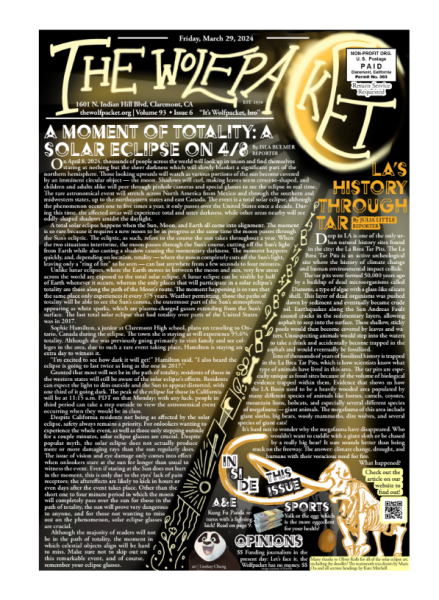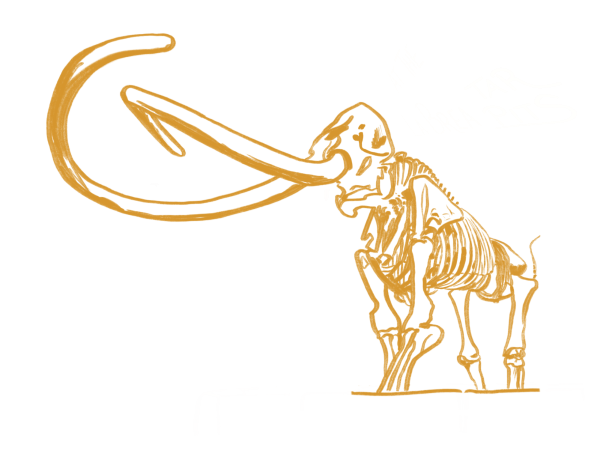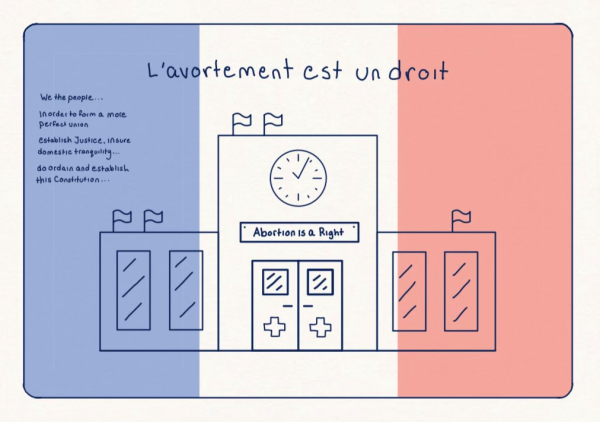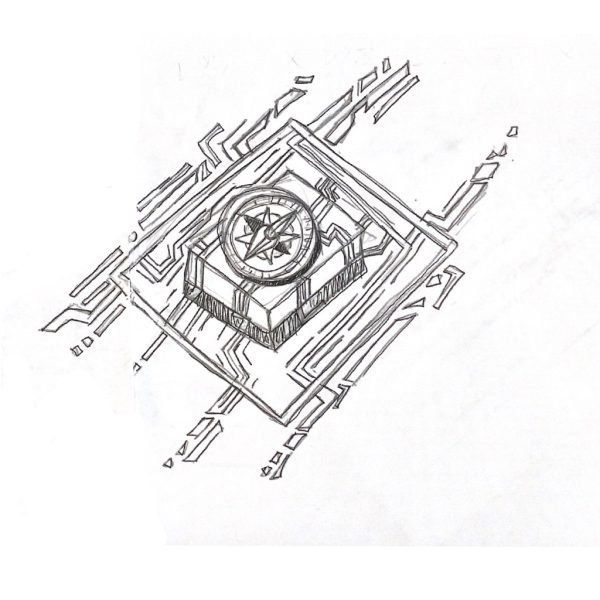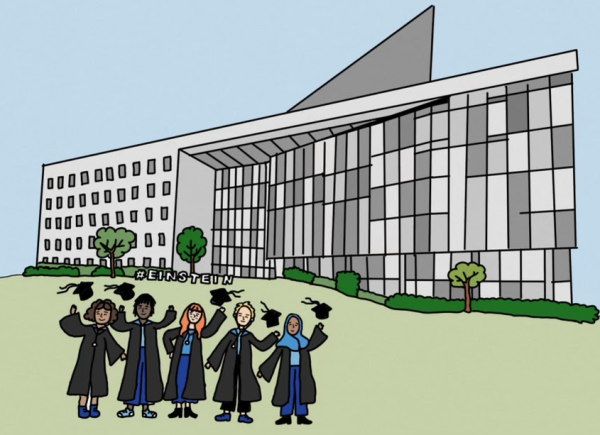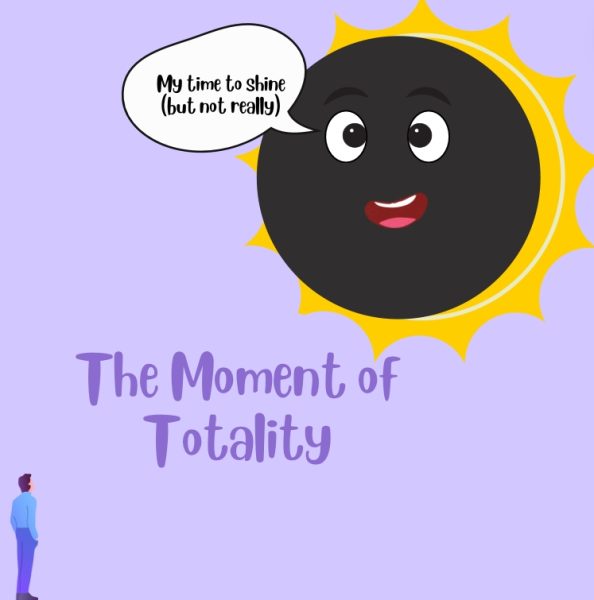CHS Students Show the True Chicano Experience
Last August, the LA County Fair opened their annual art installation in the Millard Sheets Art Center. This year, the exhibition portrayed the theme “Alt 66”. The goal of the installation was to provide a Route 66 experience to visitors, including its history, landmarks, and roadside attractions. It included a wide variety of artwork—including road signs, cactus sculptures, cars, and even a diner replica. Two of the only non-adult artists chosen by the fairplex were CHS students, Fiona Baler and Margo Gutierrez, two seniors in the IB art program. Baler found out about the opportunity in February, after participating in a summer program at the Millard Sheets Art Center. The director of the installation knew they wanted Baler and Gutierrez to participate immediately after their proposal.
For Baler and Gutierrez, the goal of their proposal was to create an aspect of the installation revealing what is often overlooked regarding Route 66 and Chicano (Mexican-American) culture. While Route 66 is often associated with a stereotypical classic Americana culture, an image including solely white people on roadtrips, there were multiple issues having to do with race during the time period displayed that are rarely brought to light.
“We wanted to show the Chicano experience on Route 66, so we focused on car culture and family culture, and what you don’t see when you think of Route 66 and Americana,” Gutierrez said.
In the midst of working on the installation, Baler and Gutierrez discovered many unknown and surprising details about route 66 regarding racism.
“We learned a lot about sundown towns,” Baler said. “Even Montclair was a sundown town, where it was not safe for people of color to be after sundown. A whole new door opened to the history.”
Baler and Gutierrez worked on the project for a total of six months in an effort to achieve their goal, including five months of planning and making changes to their initial ideas, and one month of physically putting the final product together.
“Physical work was more at the end of it, which was working for a month straight putting it together,” Baler said. “But the five months before that was a lot of planning. It was kind of mentally exhausting, but in a good way.”
With Baler and Gutierrez’s contributions, the installation revealed deeper historical aspects of Route 66 to visitors. Bringing important issues to light while entertaining visitors, the installation was a hit.
Hello there! Our goal is to provide relavent, engaging journalism for readers of all ages. Your donation will support the student journalists of the Wolfpacket at Claremont High School, and will allow us to purchase equipment, print our monthly issues, and enter in journalism competitions. We appreciate your consideration!
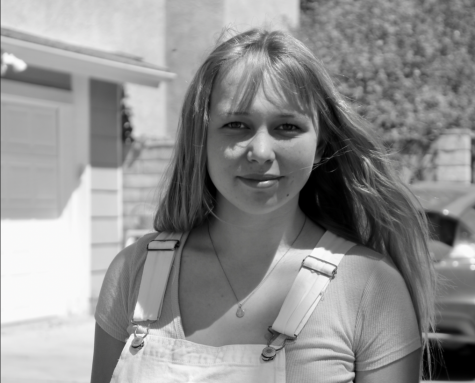
Claire Judson has been a Wolfpacket staff member since her sophomore year, and has served as a reporter, Business Manager, Assistant News Editor, and now...







